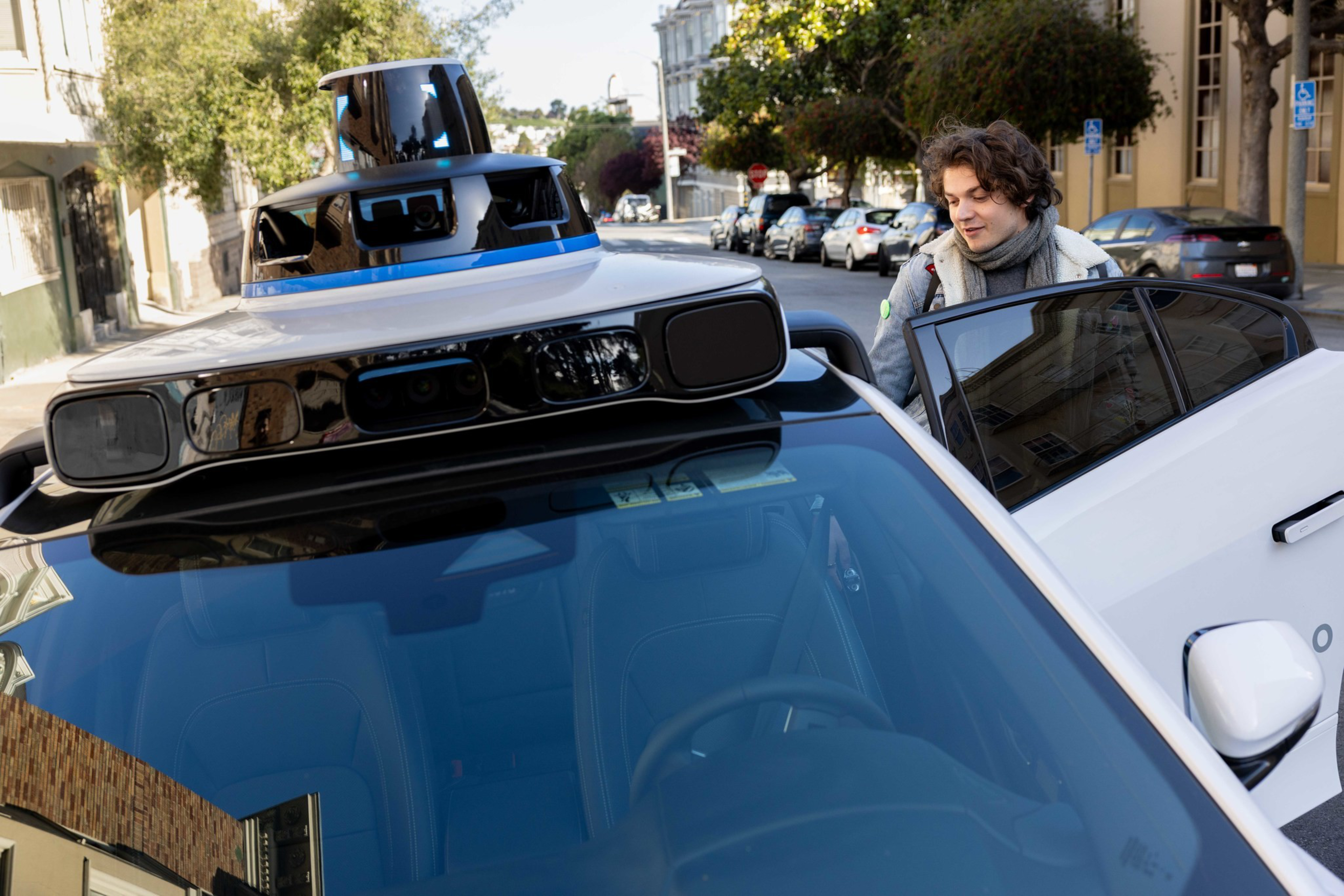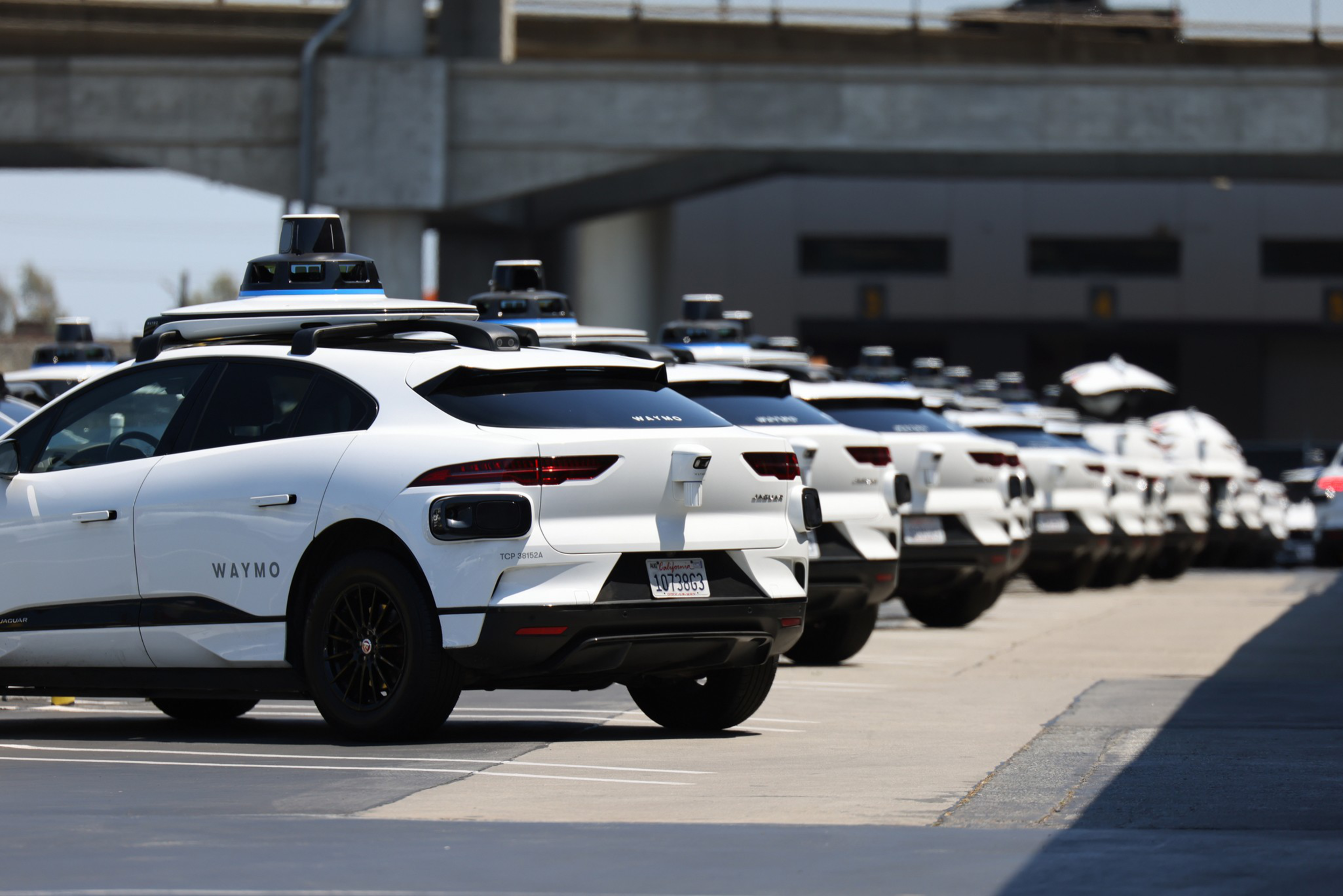It wasn’t long ago that San Franciscans were at war with robotaxis. Fed up with the autonomous vehicles interfering with emergency responders and causing mile-long traffic jams, activists figured out a way to immobilize the machines by placing traffic cones on their hoods.
But two years later, the vibe has shifted. San Francisco has fallen in love (opens in new tab) with Waymo, and the robotaxi’s signature silhouette has become a regular part of city life.
Public support for autonomous vehicles in San Francisco has surged, a new poll from the tech-backed, moderate-leaning political group GrowSF shows. Two-thirds of voters said they support allowing fully autonomous vehicles to operate in San Francisco. It’s a significant increase from 2023, when fewer than half agreed with the sentiment.
Sachin Agarwal, director of GrowSF, said the 2023 poll was intended to gauge baseline attitudes around autonomous vehicles at a time when few people had experienced the technology firsthand. GrowSF commissioned this year’s poll to understand how Waymo’s widespread adoption since its public launch last summer has changed attitudes.
“We were astounded to see such a huge shift,” Agarwal said. “Autonomous vehicles are the future, they’re here to stay, and what this research indicates is that once people experience them, they welcome this innovative technology with open arms.”

When asked about their reasons for supporting autonomous vehicles, 30% of those polled said driverless cars are safer than human drivers, and 16% said they’re safer than ride share. Others mentioned that they’re dependable, convenient, and “the way of the future.” Opposition to autonomous vehicles is on the decline, the poll showed: In 2023, more than 50% of voters opposed driverless cars; now, it’s 29%.
The poll, conducted in July by Fairbank, Maslin, Maullin, Metz & Associates, had more than 800 respondents.
Billy Riggs, director of the Autonomous Vehicles and the City Initiative at the University of San Francisco, said that once people experience sophisticated autonomy, “there is rapid, exponential adoption.”
“What our research shows is that there’s a really quick comfort factor once people take that first ride and experience how safe the technology is,” Riggs said.
Waymo this year released peer-reviewed research (opens in new tab) showing that its fleet is dramatically better than human drivers at avoiding a wide range of collisions on public roads. Based on six years of data and 56 million miles travelled by Waymo’s vehicles, the study found that the self-driving cars experienced 82% fewer crashes with bikers and motorcyclists, and 92% fewer crashes with pedestrians, than human drivers.
As of June, Waymo had driven nearly 30 million miles (opens in new tab) in San Francisco. Parents are using the service as a robot chauffeur for their kids, and some robotaxi addicts have all but abandoned Uber and Lyft — barring long Waymo wait times or trips to the airport. But even those exceptions may soon disappear: More autonomous options are coming to the Bay Area, and Waymo last month secured a permit to operate at SFO.
Tesla’s semi-autonomous robotaxi service has a waitlist and, for now, a safety driver in the front seat but operates on Bay Area bridges and all the way from Marin to San Jose. Amazon-owned Zoox is expected to launch a commercial robotaxi service in 2026.
